Gout Got You Down & Out?
Welcome to my ‘Comprehension of Diseases & Disorders’ series.
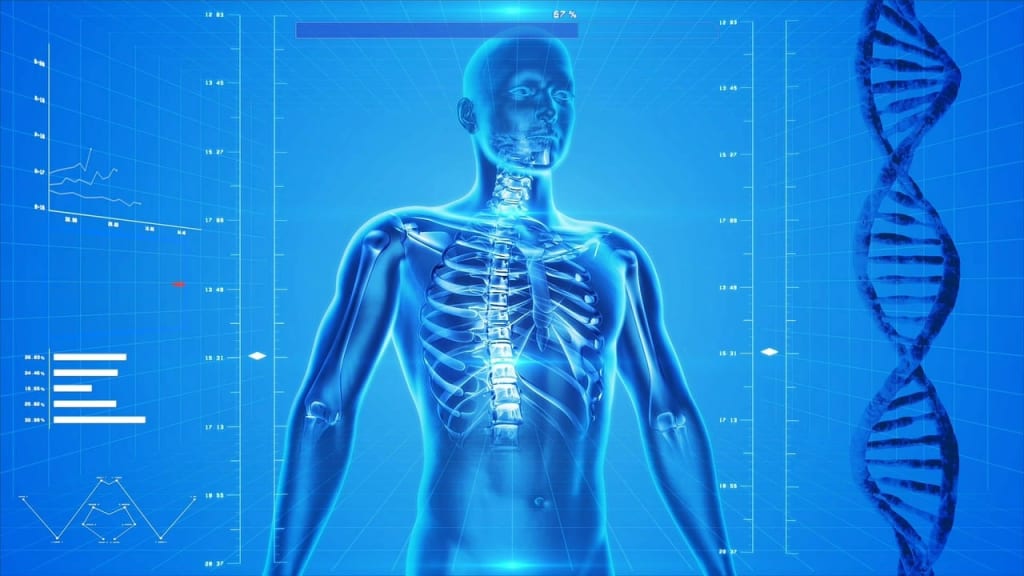
While the comprehension of diseases and disorders, along with their processes, is a necessary aspect to all healthcare-based fields of work and study, it is also a beneficial commodity for each of us to possess.
Today’s Topic of Discussion: Gout
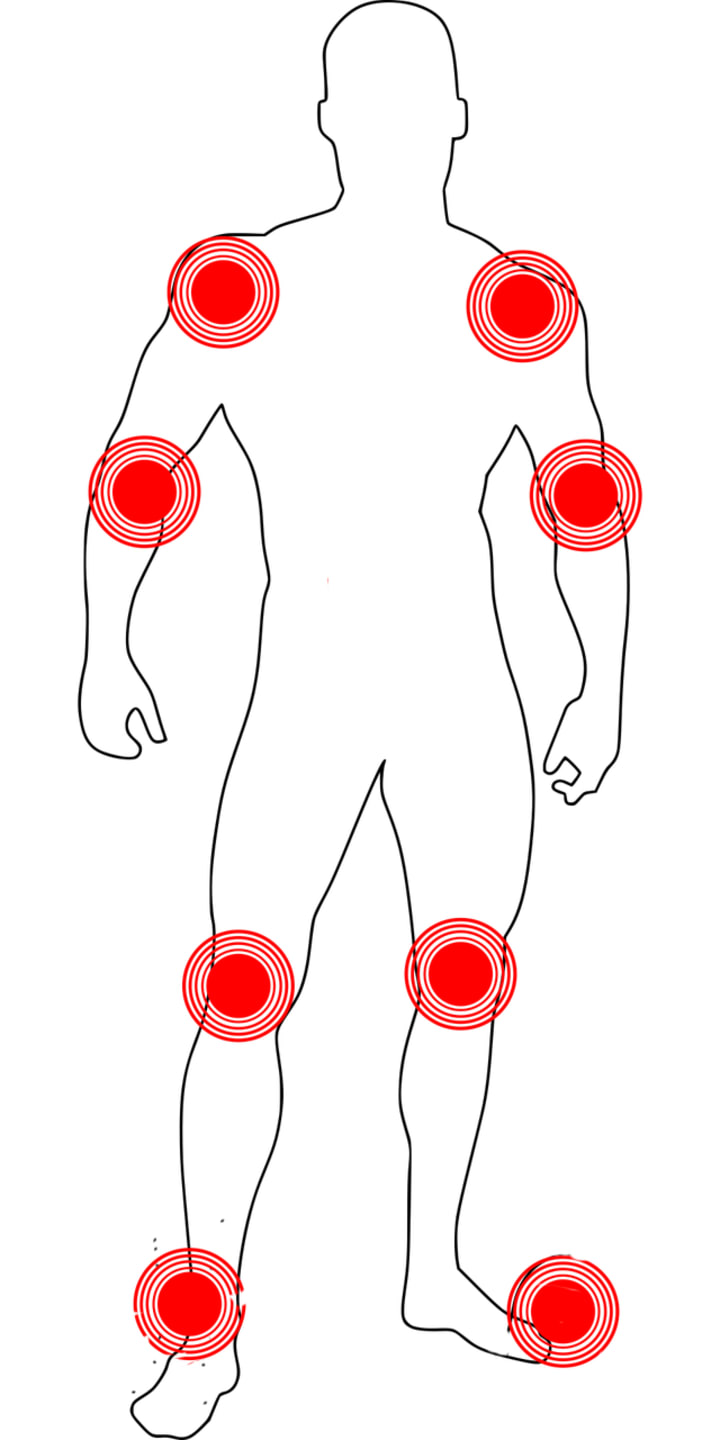
The condition known as ‘Gout’ is a type of joint inflammation or joint disease, commonly known as a form of arthritis. While arthritis is a generic, well-known term, it is not necessarily a disease; arthritis is the result of the underlying disease of the joint or joints.
The following is a description of the etiology, pathophysiology, signs and symptoms, and potential risk factors associated with gout; along with a depiction of the various diagnostic tools and treatment methods utilized for gout.
Etiology & Pathophysiology
As previously stated, Gout is an arthritic disease which causes inflammation of the peripheral joints. Gout is often classified into two categories, dependent on their source: (1) Primary, or Hereditary, Gout and (2) Secondary, or Drug-Induced, Gout.
Primary, or Hereditary, Gout is typically a life-long condition which requires diagnosis and treatment methods. Secondary, or Drug-Induced, Gout is usually resolved when the causative drugs are modified are removed from the body.
Whether the gout is considered primary or secondary, the signs and symptoms of both types of gout are essentially caused by a buildup of high levels of uric acid in the body; uric acid is formed after the digestive break-down of foods with purines (i.e. seafood, organ meats, and alcoholic beverages).
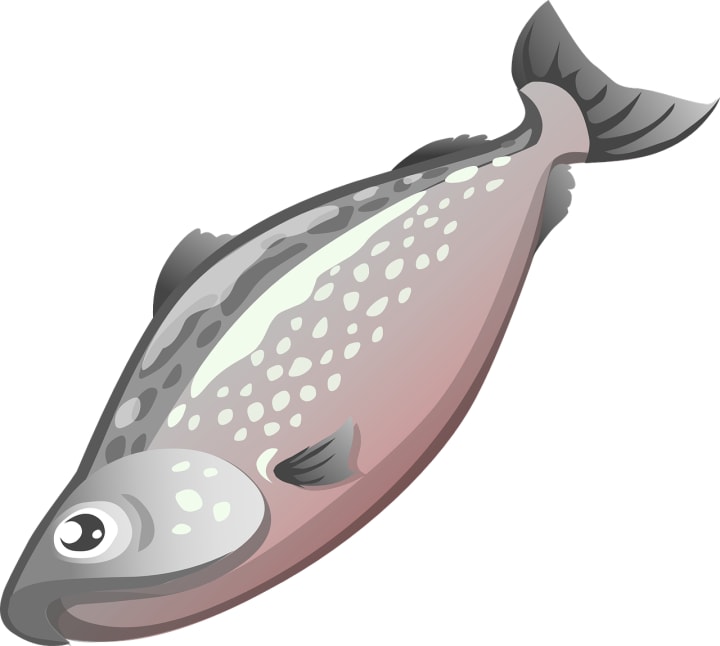
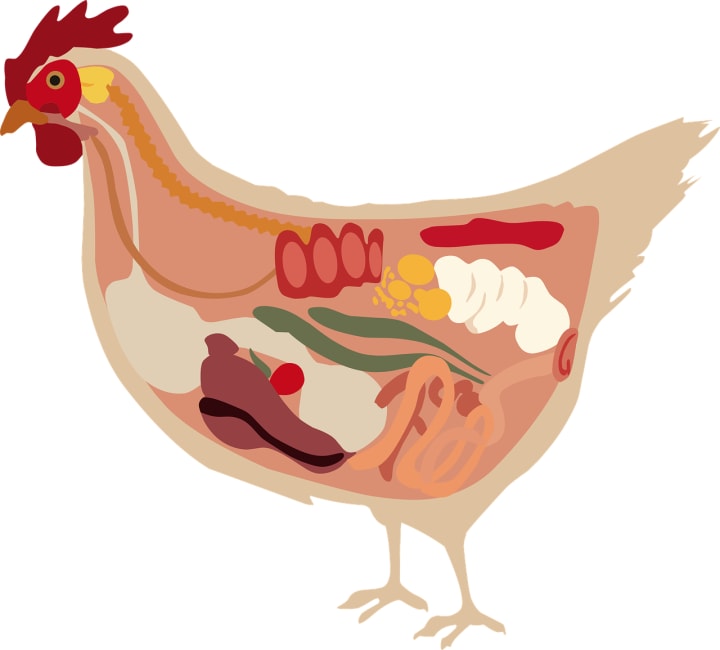
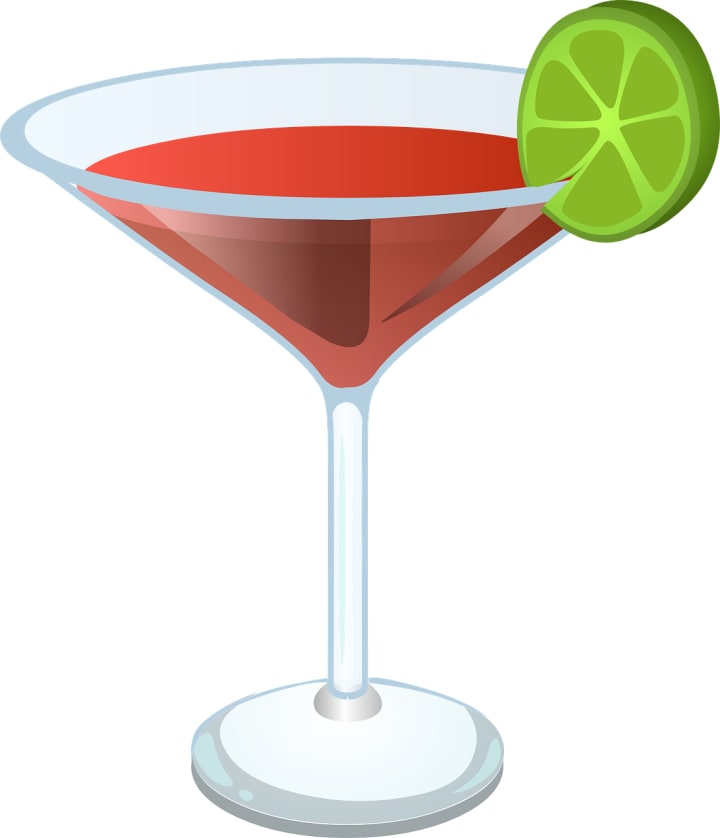
While purines are considered to be a part of a normal diet, individuals who suffer from gout often have difficulty with absorption of the uric acid, excretion of the uric acid, or both. The uric acid remains in the blood or settles in the joints. When the uric acid settles in the joints, it begins to formulate sharp crystal-like projections and stones made of urate, causing irritation to internal joint structures.
If left untreated, the crystals may become lumps or masses within the joints and can lead to joint deformity and irreversible degeneration of the joint structures. When the uric acid remains in the blood it can cause organ dysfunction, primarily kidney disorders including kidney stone formation; if left untreated, uric acid buildup can create systemic disorders involving multiple systems of the body.
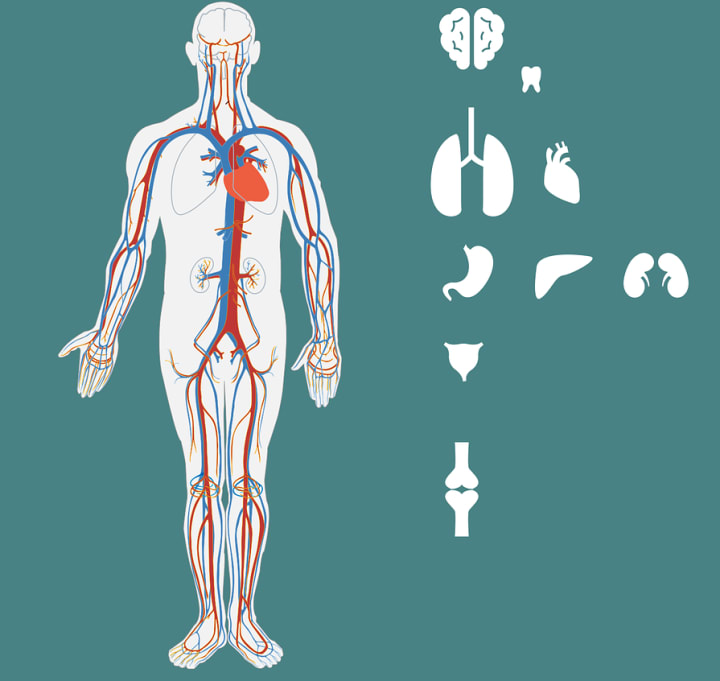
Signs and Symptoms
As typically seen with arthritic conditions, the most common symptom of gout is joint inflammation. The joint inflammation is accompanied by internal scarring, along with internal and external signs of joint deformity. The most frequent area which gout is initially observed and felt is the big toe; the additional sites where gout commonly develops are the ankles, the fingers, the feet, the wrists, the elbows, and the knees.
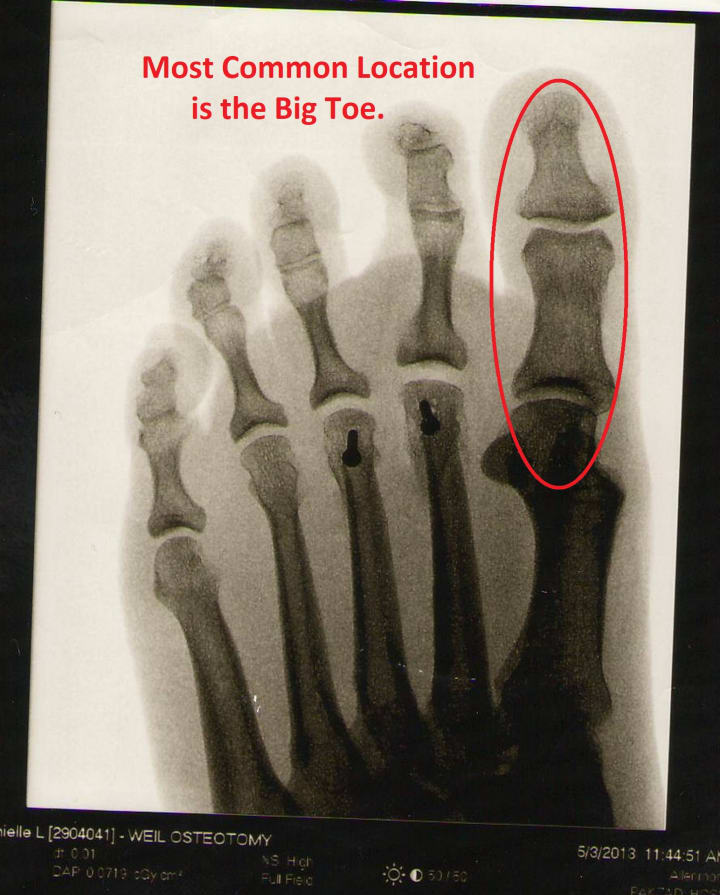
Prior to experiencing an acute gout episode, individuals often complain of feeling weakness, nausea, and chills, along with experiencing excessive urination. Following these symptoms, the affected joint will likely show external signs of swelling, red to purple color change, and will be extremely tender-to-the-touch.
This pain is often described as crushing, burning, or even piercing within and around the affected joint or joints. Acute gout episodes tend to come about suddenly, and typically last a few days to a week.
Risk Factors
The risk factors associated with gout are dependent on the type of gout, whether primary or secondary; the risk factors can be a causative factor, a complication, or both, but it is not always evident which category these risk factors fall into. Gout is often connected to a number of other diseases, including Down syndrome, diabetes, psoriasis, hypothyroidism, and kidney disease, along with the risk factors associated with these diseases as well.
One of the most common risk factors coupled with gout and its associated diseases is obesity.
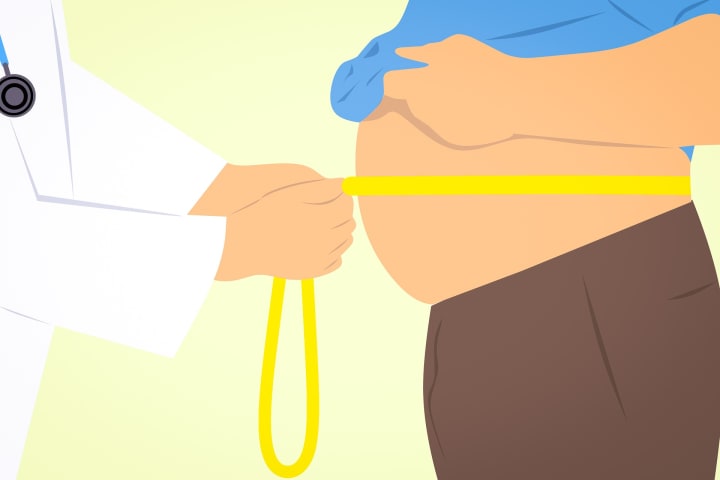
Obesity, which often stems from an unhealthy diet combined with decreased physical activity, can create circulatory problems causing uric acid to remain in the blood, settle in the joints, and obstruct proper kidney function; lack of exercise and joint mobility significantly limits proper circulation to take place within and around the joints, causing crystal formation.
It is common for many individuals to eat a meal rich in purines and refrain from engaging in activity or exercise immediately afterward; this sedentary tendency allows the uric acid to settle as circulation is at a lull.
In addition to obesity, acute gout episodes may also be caused or contributed by a variety of other factors including family history, age, gender, recent trauma or surgery, other underlying medical conditions, and even certain medications and drugs; therapeutic drugs such as those used in chemotherapy for cancer treatment, diuretics, aspirin, and some types of antibiotics can cause autoimmune and inflammatory responses to occur causing acute gout symptoms to arise.
Diagnostic Tools
Although the primary indicator of gout is high levels of uric acid in the blood called hyperuricemia, the diagnosis of gout is not based on a single positive or negative testing. Diagnostic tools often used for gout diagnoses may come in the form of fluid analyses such as joint fluid tests where synovial fluid is drawn from an affected joint and may present urate crystals when examined under a microscope.
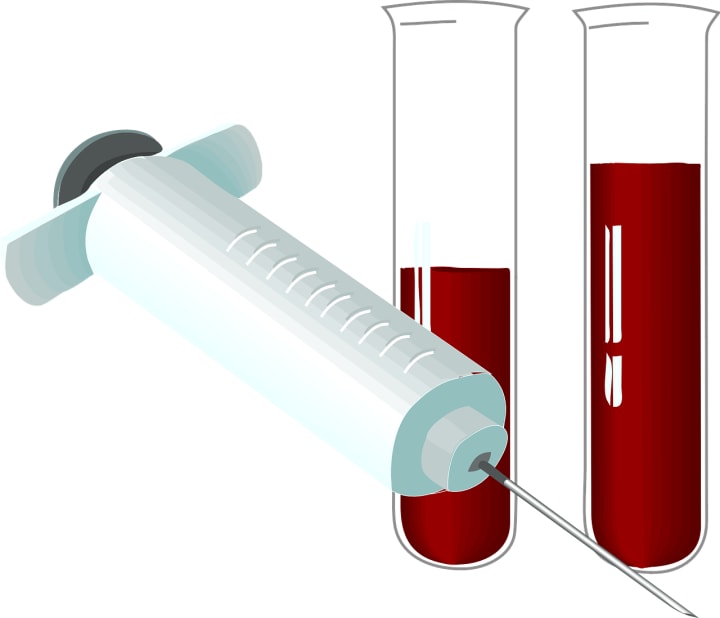
In addition to joint fluid tests, the classic blood panel may assist in the examination of uric acid levels. Combining these fluid analysis tests can provide a significantly more accurate diagnosis rather than one unaccompanied by the other.
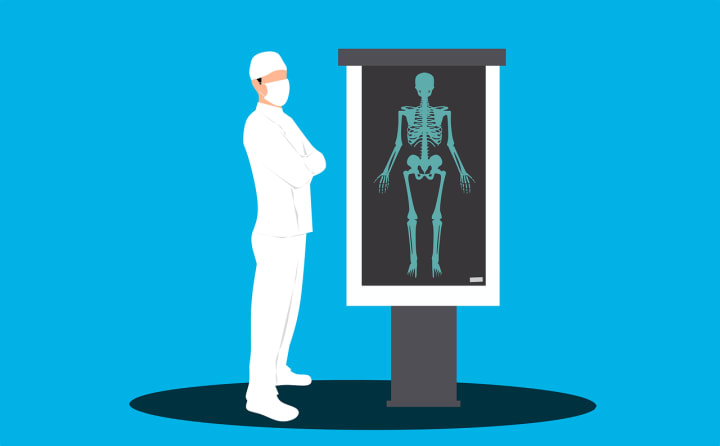
Moreover, gout diagnosis can also be aided by imaging devices such as X-ray, ultrasound, and CT scan. X-rays are often used to rule out other causes of joint inflammation such structural deformities or damage. Ultrasound and CT imaging are used to detect urate crystals within the joint capsule and surrounding areas. Once a diagnosis is developed for gout treatment methods can be examined and the optimal objective determined.
Treatment Methods
Medication Regimens
Typically, the initial form of gout treatment consists of medication regimens; gout medications are aimed at episode treatment and complication prevention.
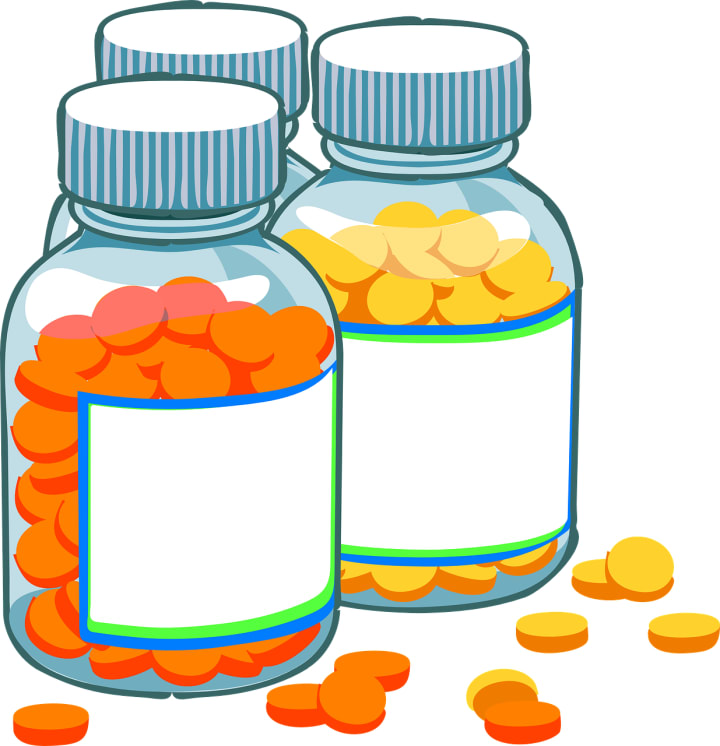
Common drugs used to relieve symptoms of an acute gout episode are NSAIDs, corticosteroids, and colchicine. NSAIDs such as aspirin, ibuprofen, indomethacin, naproxen, and phenylbutazone decrease the joint inflammation caused by the gout. Colchicine is a type of pain reliever specific to gout through its effective interaction with white blood cells, which destroy urate crystals, while suppressing inflammatory response activators.
Both NSAIDs and colchicines are given by mouth causing systemic reactions throughout the body and not specific to any particular joint. Corticosteroids, such as prednisone and prednisolone, are used to treat the inflammation and pain associated with gout; these drugs are not usually ingested, they are injected into the affected joint and have a much quicker, longer lasting effect on the inflamed joint. Due to their potential of developing other serious health complications and side-effects, corticosteroids are not considered an initial choice of treatment for gout.
Medications often prescribed for gout-associated complication prevention consist of uricosuric drugs and allopurinal inhibitor drug. Uricosuric drugs are used to increase the excretion of uric acid from the body through the kidneys; areprobenecid (Benemid) and sulfinpyrazone (Anturane) are consider the two preferred drugs for this purpose.
Uricosuric drugs help to prevent hyperuricemia, thus decreasing urate crystal formation and likely increasing the dissolution of existing urate crystals. Uricosuric drugs have no effect on the symptoms associated with an acute gout episode; uricosuric drug therapy is always started after all acute gout episode symptoms have subsided and symptom treatment medications have been discontinued as to avoid adverse drug interactions.
The anti-gout drug known as allopurinol (Lopurin or Zyloprim) is a xanthine oxidase inhibitor used to decrease the body’s ability to produce uric acid. It is often prescribed for individuals who suffer from kidney disease with tendency to form kidney stones and chemotherapy patients recovering from cancer diagnoses. Allopurinol is not effective against acute gout episodes but can be used as a preventative measure, particularly those with kidney disease and other underlying medical conditions.
Surgical Intervention
Surgical intervention for gout complications is ultimately utilized as a final measure.
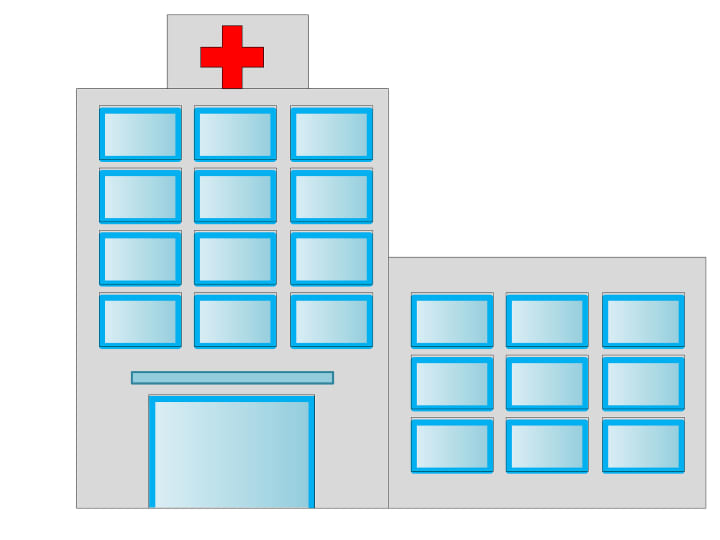
When groupings of urate crystals, called tophi, have become infected with excess bacterial growth, or when the edema or swelling of the joint causes the skin to tear and open, or when the symptoms of the gout significantly interfere with joint mobility, surgery can remove the tophi, drain the joint capsule, and/or repair damaged joint structures to regain mobility.
Diet & Lifestyle Changes
Dietary and lifestyle changes and practices are often a commonly discussed method of prevention of disease and disorder, as well as a manner in which to preserve and improve overall health. This line of thinking is accurate when discussing the treatment and prevention of gout as well.

As previously stated uric acid is formed after the digestive break-down of foods with purines (i.e. seafood, organ meats, and alcoholic beverages). While it has been determined that purines are part of a normal diet, individuals who suffer from gout, whether primary or secondary, should be mindful of their purine consumption.
Some examples of food sources that are high in purines are: organ meats, mushrooms, anchovies, sardines, caviar, gravy and meat extracts, shellfish, wine, and beer; beverages such as coffee and foods such as cherries have been documented to lover uric acid levels in the blood.
In addition to dietary changes, lifestyle modifications such as increased water intake, daily activity and exercise, and adding vitamins to your daily regimen will assist in improving circulation, kidney function, and overall systemic good health.
In conclusion, the preceding breakdown and descriptive examples given regarding the arthritic condition known as ‘Gout’ was intended to portray a ‘disease-to-treatment’ rendition and explanation of the condition; this information is not intended to be utilized as a diagnostic tool or form of treatment for the condition of Gout. A professional healthcare provider should always be consulted regarding diagnosis and treatment regimens of any disease or disorder.
References
Gallagher, J. C., & Mancano, M. A. (2012). Frequently Prescribed Medications: Drugs You Need to Know. Sudbury, MA: Jones & Bartlett Learning
Marocco, G. F., Moglia, P., Auday, B. C., & Buratovich, M. A. (2014). Magill's Medical Guide. Ipswich, Massachusetts: Salem Press.
Tamparo, C. D., & Lewis, M. A. (2011). Diseases of the Human Body. Philadelphia, PA: F.A. Davis Company.
**Please be sure to subscribe to my Vocal page. Your support is GREATLY APPRECIATED!!**
About the Creator
Megan Bald
Medical Professional turned writer.
Enjoyed the story? Support the Creator.
Subscribe for free to receive all their stories in your feed. You could also pledge your support or give them a one-off tip, letting them know you appreciate their work.






Comments
There are no comments for this story
Be the first to respond and start the conversation.